NiCd
-

-

-
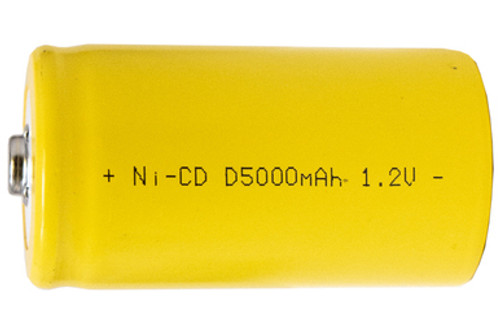
-

-
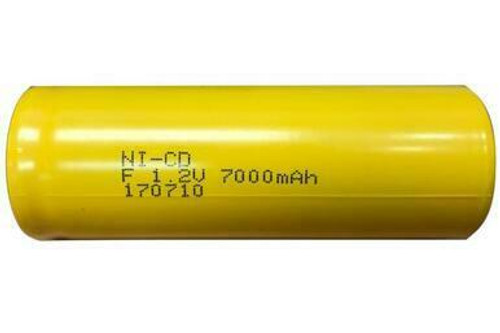
-

-

-

-
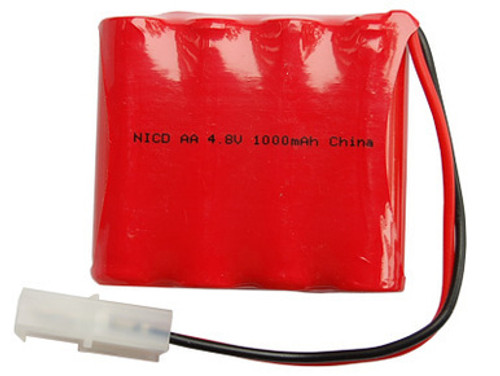
-
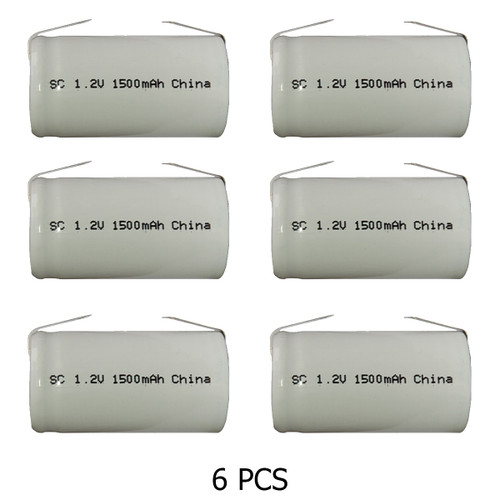
-

-

-

-

-

-

-

-

-

-

-
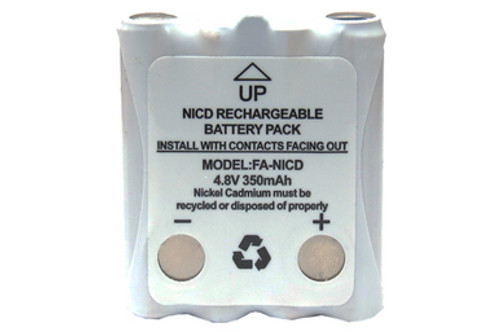
Power Portable
4.8 Volt Cobra Replacement 350 mAh NiCd Microtalk Radio Battery (FRS/GMRS)
$21.69As low as:
NICD RECHARGEABLE BATTERIES
Unlocking the Potential: A Comprehensive Guide to NiCd (Nickel-Cadmium) Rechargeable Batteries
In today's fast-paced world, rechargeable batteries have become an essential power source for a wide range of electronic devices. Among the various types of rechargeable batteries available, NiCd (Nickel-Cadmium) batteries have remained a popular choice due to their durability, reliability, and versatility.
Understanding NiCd Batteries: Chemistry and Composition
NiCd batteries are a type of rechargeable battery that utilizes nickel oxide hydroxide and metallic cadmium as electrodes, with potassium hydroxide (KOH) as the electrolyte. During the charging process, cadmium is oxidized at the anode, releasing electrons and forming cadmium hydroxide. Meanwhile, nickel oxide hydroxide at the cathode is reduced, absorbing electrons and forming nickel hydroxide. During discharge, the reverse reactions occur, generating electrical energy.
One of the key advantages of NiCd batteries is their ability to withstand high discharge rates, making them suitable for applications that require a constant and reliable power supply. Additionally, NiCd batteries have a relatively long cycle life and can be recharged hundreds or even thousands of times before reaching the end of their lifespan.
Popular Sizes and Configurations: Meeting Diverse Needs
NiCd batteries come in a variety of sizes and configurations to accommodate different devices and applications. Some of the most common sizes include:
AA (Double A): AA NiCd batteries are among the most widely used sizes and are commonly found in household electronics, toys, and portable gadgets.
AAA (Triple A): AAA NiCd batteries are smaller than AA batteries and are often used in devices that require a compact power source, such as remote controls, wireless mice, and small flashlights.
C and D: C and D NiCd batteries are larger in size and are typically used in high-drain devices such as power tools, emergency lighting, and industrial equipment.
9 Volt: NiCd 9-volt batteries are commonly used in smoke detectors, wireless microphones, and other devices that require a higher voltage power source.
Sub C and 4/5 Sub C: Sub C and 4/5 Sub C NiCd batteries are often used in power tool battery packs, RC cars, and other high-performance applications.
A, 4/5 A, 2/3 A, and 2/3 AA: These smaller NiCd battery sizes are used in various electronic devices, including cordless phones, digital cameras, and handheld gaming consoles.
Exploring Applications: From Consumer Electronics to Industrial Tools
NiCd batteries are utilized in a wide range of applications across various industries due to their reliability, durability, and high energy density. Some common use cases include:
Consumer Electronics: NiCd batteries are commonly used in consumer electronics such as cordless phones, digital cameras, and portable music players due to their long cycle life and stable discharge characteristics.
Power Tools: NiCd batteries are widely used in power tools such as drills, saws, and screwdrivers due to their ability to deliver high current bursts and withstand frequent charging and discharging cycles.
Emergency Lighting: NiCd batteries are often used in emergency lighting systems, exit signs, and backup power supplies due to their ability to provide reliable power during outages and emergencies.
Medical Devices: NiCd batteries are utilized in medical devices such as portable defibrillators, infusion pumps, and patient monitors due to their long cycle life and consistent performance in critical situations.
Industrial Equipment: NiCd batteries are employed in various industrial applications such as robotics, material handling equipment, and automated machinery due to their rugged construction and high energy density.
Best Practices for Usage and Maintenance
To ensure optimal performance and longevity of NiCd batteries, it's essential to follow best practices for usage and maintenance:
Proper Charging: Use a compatible NiCd battery charger designed to deliver the correct voltage and current for the battery. Avoid overcharging or undercharging, as this can reduce battery life and performance.
Storage Conditions: Store NiCd batteries in a cool, dry place away from direct sunlight and extreme temperatures. Avoid storing them in fully discharged or fully charged states for extended periods, as this can lead to capacity loss and degradation.
Discharge and Recharge: Regularly discharge NiCd batteries to prevent memory effect and maintain capacity. Avoid deep discharges, as this can cause irreparable damage to the battery. Recharge the batteries promptly after use to prevent self-discharge and voltage drop.
Maintenance: Inspect NiCd batteries regularly for signs of corrosion, leakage, or damage. Clean the battery contacts and terminals with a dry cloth or alcohol wipe to ensure good electrical conductivity. Replace any damaged or malfunctioning batteries immediately.
Maximizing Performance and Reliability
NiCd batteries remain a popular choice for a wide range of applications due to their durability, reliability, and high energy density. With a variety of sizes, configurations, and leading brands to choose from, consumers can find the perfect battery solution to power their devices with confidence. By understanding the chemistry, applications, and best practices for usage and maintenance of NiCd batteries, users can maximize performance, longevity, and reliability. Whether powering consumer electronics, industrial tools, or critical medical devices, NiCd batteries continue to play a vital role in powering our modern world.

